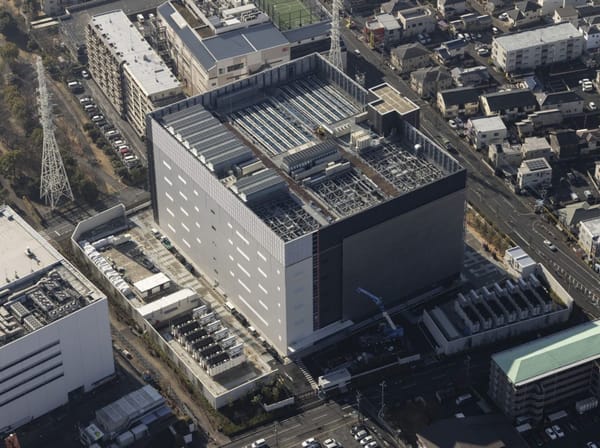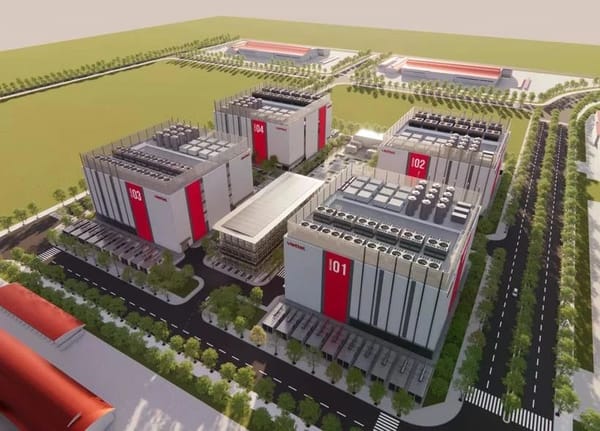APAC leads data centre investments in 2024
But will this continue in the wake of unprecedented tariffs, uncertainty?

APAC leads global data centre investments in 2024. But will this continue in the wake of unprecedented tariffs and the uncertainty ahead?
Knight Frank earlier this week published its latest Global Data Centres Report, which offered a treasure trove of insights into APAC data centre growth.
Of course, the report will be researched and written before the massive tit for tat tariffs initiated by the US. But let's talk about that later.
𝟭/ 𝗔𝗣𝗔𝗖 𝗴𝗿𝗼𝘄𝘁𝗵
According to the press release, the Asia Pacific accounted for 70% of cross-border investment in 2024, and the data centre market is expected to reach US$4 trillion by 2030.
What caught my attention, though, was the forecast that APAC will add 4,174MW by 2027. That's just two years and represents a 32% increase in capacity. Wow.
Top markets
Some pointers from Knight Frank that caught my attention, in no particular order.
- Melbourne is seeing a major shift towards ultra-high-density deployments, with AI workloads pushing rack densities from 30 to 40kW to over 80kW. This means liquid cooling and power distribution upgrades.
- Tokyo is a powerhouse and a key data centre market. A staggering 25% (295 MW) of capacity growth comes from this market, driven by strategic location and stable power infrastructure.
- Johor is on track for further rapid growth. It will see 335MW capacity growth by 2027, an 85% jump, driven by its strategic location next to Singapore, government incentives and lower operational costs.
- Singapore remains a key market for data centres despite regulatory and land constraints. Vacancy remains below 1% with a shift towards smaller deals - and an upward surge in pricing.
- Thailand is notable for its significantly lower cost of land and power compared to other Tier 1 APAC cities for data centres. However, the role of colocation remains to be seen, says Knight Frank.
Tariffs ahead. What next?
How will the US tariffs impact data centre developments here?
I wrote about it earlier this week. In a nutshell, one of two things could happen:
- Possibility 1: Massive slowdown in data centres as funds for new data centre construction, a lot of it driven by Chinese tech firms, dry up in the wake of an economic implosion.
- Possibility 2: A boom in data centre in Southeast Asia as equipment becomes cheaper in a weak market and some US workloads shift abroad.
Regardless, any changes will happen slowly due to the nature of the data centre sector. I explain my logic in my earlier post on Monday here.




